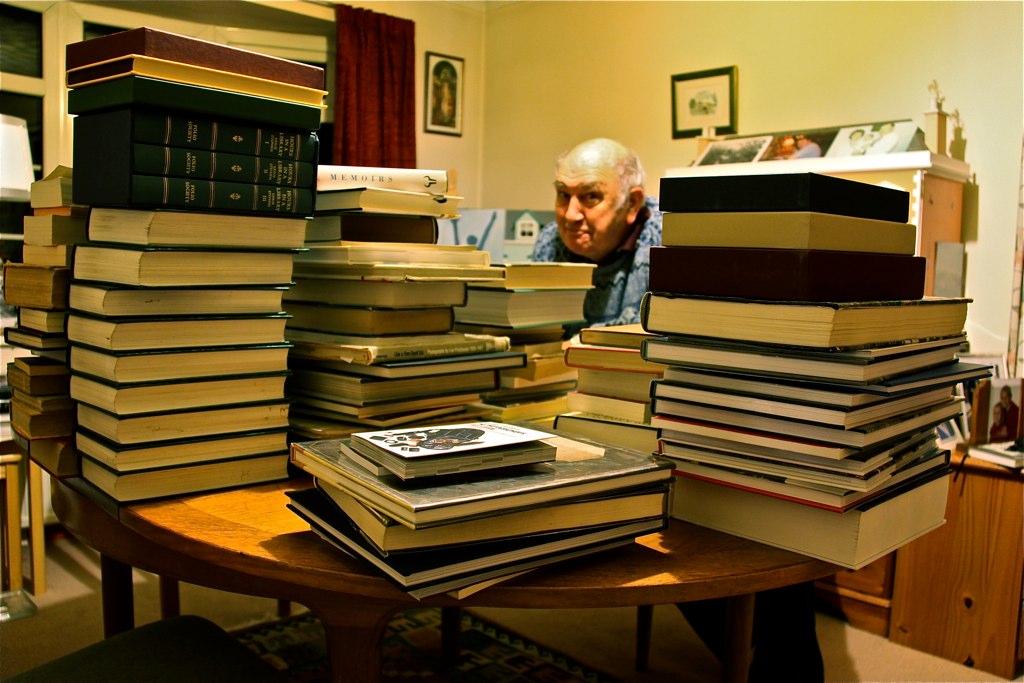In the vast landscape of ancient Chinese poetry, the genre of object poetry—where specific items become the focal point of lyrical exploration—holds a unique place. This form of poetry not only reflects the aesthetic appreciation of objects but also serves as a medium for deeper emotional and philosophical expressions. By examining notable examples of object poetry, we can uncover the intricate relationships between objects, emotions, and cultural contexts that shape these works.
An Engaging Story: The Poet and the Plum Blossom
Imagine a quiet garden in early spring, where a poet sits beneath a plum tree adorned with delicate blossoms. As the wind gently rustles the branches, he is struck by the beauty and fragility of the flowers. Inspired, he begins to write about the plum blossom—not just as a symbol of beauty but as an embodiment of resilience and purity in a world often marked by chaos. This moment encapsulates the essence of object poetry: through the lens of a specific item, profound emotions and reflections on life emerge.
The Nature of Object Poetry
Defining Object PoetryObject poetry, or yongwu shi (咏物诗), is characterized by its focus on specific items or natural elements. These poems often explore the aesthetic qualities of objects while simultaneously delving into their symbolic meanings. The interplay between the physical and emotional realms allows poets to convey complex feelings through seemingly simple subjects.Symbolism and Cultural SignificanceIn ancient Chinese culture, many objects carry rich symbolic meanings. For instance:
- Plum Blossoms: Often associated with perseverance and purity, plum blossoms bloom in harsh winter conditions, symbolizing resilience in adversity.
- Bamboo: A symbol of flexibility and strength, bamboo represents endurance and humility, as it bends without breaking in strong winds.
- Lotus Flowers: Revered for their ability to rise from muddy waters to bloom beautifully, lotuses symbolize purity and spiritual enlightenment.
These objects serve as conduits for exploring broader themes such as love, loss, nature, and the human condition.
Notable Examples of Object Poetry
Li Bai’s “Ode to the Plum Blossom”Li Bai, one of China’s most celebrated poets from the Tang Dynasty, captures the essence of plum blossoms in his poem “Ode to the Plum Blossom.” In this work, he uses vivid imagery to evoke not only the beauty of the flowers but also their deeper significance:
“In the coldest time of year they bloom;
A glimpse of spring amidst winter’s gloom.”
Here, Li Bai juxtaposes the harshness of winter with the delicate beauty of plum blossoms. The imagery conveys hope and resilience, suggesting that beauty can emerge even in difficult circumstances.Wang Wei’s “On Seeing Bamboo”Wang Wei, another prominent poet from the Tang Dynasty known for his mastery of landscape poetry, wrote extensively about nature and its objects. In his poem “On Seeing Bamboo,” he reflects on bamboo’s unique qualities:
“Bending low under snow’s weight,
Yet standing tall when spring arrives.”
Wang Wei’s portrayal emphasizes bamboo’s dual nature—its ability to withstand adversity while remaining steadfast. This duality resonates with readers who appreciate both its physical attributes and its symbolic representation of strength amid challenges.
Emotional Expressions Through Object Poetry
Evoking NostalgiaObject poetry often evokes nostalgia by connecting personal memories to specific items. For example, a poet might write about an old teapot that reminds them of family gatherings or cherished moments spent with loved ones. This connection transforms an ordinary object into a vessel for memories and emotions.Philosophical ReflectionsMany poets use objects as starting points for philosophical explorations. The act of contemplating an object can lead to deeper insights about life’s transience or human existence. For instance, a poem about a fading flower may prompt reflections on mortality and the fleeting nature of beauty.
The Influence of Historical Context
Cultural ShiftsThe historical context in which object poetry is created significantly influences its themes and expressions. During times of political turmoil or social change, poets may turn to objects as symbols of stability or continuity amid chaos. For instance, during periods when traditional values were challenged, poets might emphasize enduring symbols like bamboo or plum blossoms to convey resilience.Literary TraditionsObject poetry also reflects broader literary traditions within Chinese culture. The influence of Confucianism, Daoism, and Buddhism shapes how poets perceive their relationship with nature and material objects. These philosophical frameworks encourage contemplation and appreciation for the interconnectedness between humans and their surroundings.

Conclusion: The Enduring Power of Object Poetry
The exploration of object poetry reveals its profound ability to convey complex emotions through seemingly simple subjects. By focusing on specific items—whether it be plum blossoms or bamboo—poets like Li Bai and Wang Wei invite readers into intimate reflections on beauty, resilience, nostalgia, and philosophical inquiry.As we engage with these works today, we recognize that object poetry transcends time; it continues to resonate with contemporary audiences seeking meaning in everyday life. Through this lens, we gain insights not only into ancient Chinese culture but also into our own experiences—reminding us that even ordinary objects can hold extraordinary significance when viewed through the prism of emotion and reflection. Ultimately, object poetry serves as a testament to the enduring power of language to capture the essence of human experience across generations.
